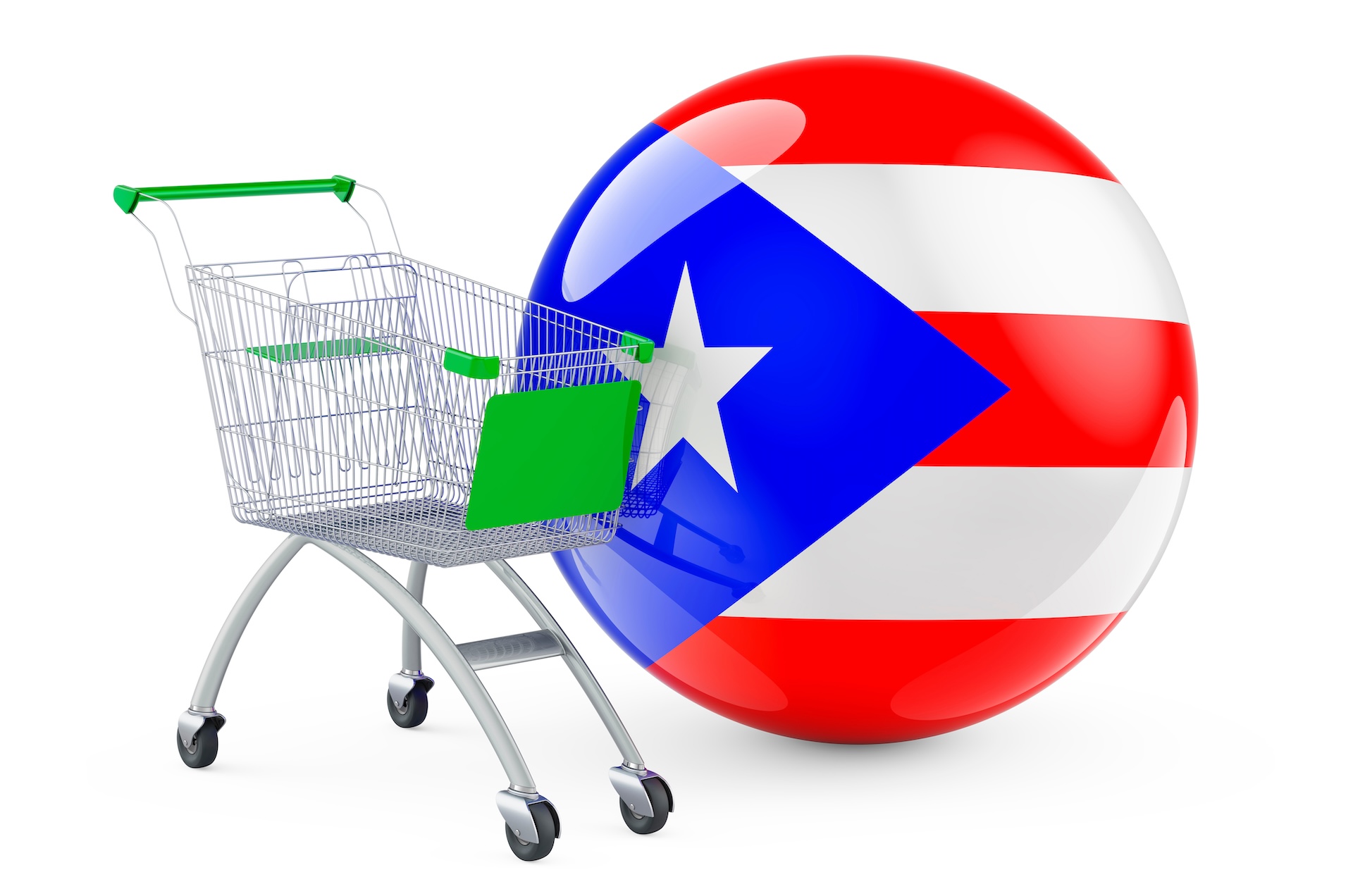The U.S. Office of Insular Affairs, which is part of the U.S. Department of the Interior, defines “insular area” as “a jurisdiction that is neither a part of one of the several States nor a Federal district.”
This definition encompasses both territories and freely associated states (FAS). The official definition also includes possessions of the United States, but the official definitions from the Office of Insular Affairs point out that, while “possession” is equivalent to “territory,” it’s no longer in common use.
Commonwealths
Both the Northern Mariana Islands and Puerto Rico are commonwealths, as are States like Massachusetts and Kentucky. A U.S. commonwealth has no legal difference from another territory or State that doesn’t use the term “commonwealth” in its name.
The Commonwealth of Nations, a group of former British colonies, is a political organization. It may be that the existence of this Commonwealth confuses people who think of Puerto Rico as having a special “commonwealth” status. In fact, Puerto Rico is simply a territory of the United States.
The official definitions of the Office of Insular Affairs describes the commonwealth territories — Puerto Rico, the Northern Mariana Islands, and formerly the Philippines — as having a “more highly developed relationship” with the federal government.
While it may be true that a territory that is also known as a “commonwealth” may happen to be closely integrated with the U.S., the label “commonwealth” has nothing to do with these close ties because, ultimately, Puerto Rico is a territory regardless of whatever label is affixed to the relationship – whether it is “commonwealth,” “possession,” or anything else.
Free association
A sovereign state may have a Compact of Free Association (COFA) with the United States. The Federated States of Micronesia (FSM), Palau, and the Republic of the Marshall Islands (RMI) have COFAs with the United States. These agreements detail financial commitments to these nations.
The COFAs also specify U.S. security and defense commitments.
Puerto Rico’s official name includes the words “Estado Libre Asociado” or “free associated state.” However, Puerto Rico is not a Freely Associated State and does not have a COFA with the United States. Puerto Rico is a territory of the United States.
If Puerto Rico chose independence, the territory could try to negotiate a Compact of Free Association with the United States. The COFA could change over time, as the current COFAs have. The U.S. position is that COFAs are intended to lead to complete self sufficiency. The agreements are re-negotiated on a regular basis, and can be changed or ended by either side.
A COFA is only possible between two sovereign states. “Sovereign” means that the nation owns its own “supreme authority.” Puerto Rico is not a sovereign nation. The supreme authority for the Island rests with the U.S. Congress under the territorial clause of the U.S. Constitution.



Good! But, There are four forms of Government under the sovereignty of the United States, per the US Constitution–one for States; Territories; District of Columbia; Indian Tribes.
Commonwealth or ELA-Free Assoicated States are esotoric (no political meaning) names that are NOT in the US Constituion.
These terms ar used to confuse or fool People as to the true Constitutional Status of the US Territory Puerto Rico, under Federal undemocratic control–per the Territorial Clause (1787), and infamous discriminatory Insular Cases (1901-1925–when racism was in vogue.)
THE TIME IS NOW for the Federal Government to provide Puerto Rico– EQUALITY+PROGRESS=STATEHOOD with DIGNITY!